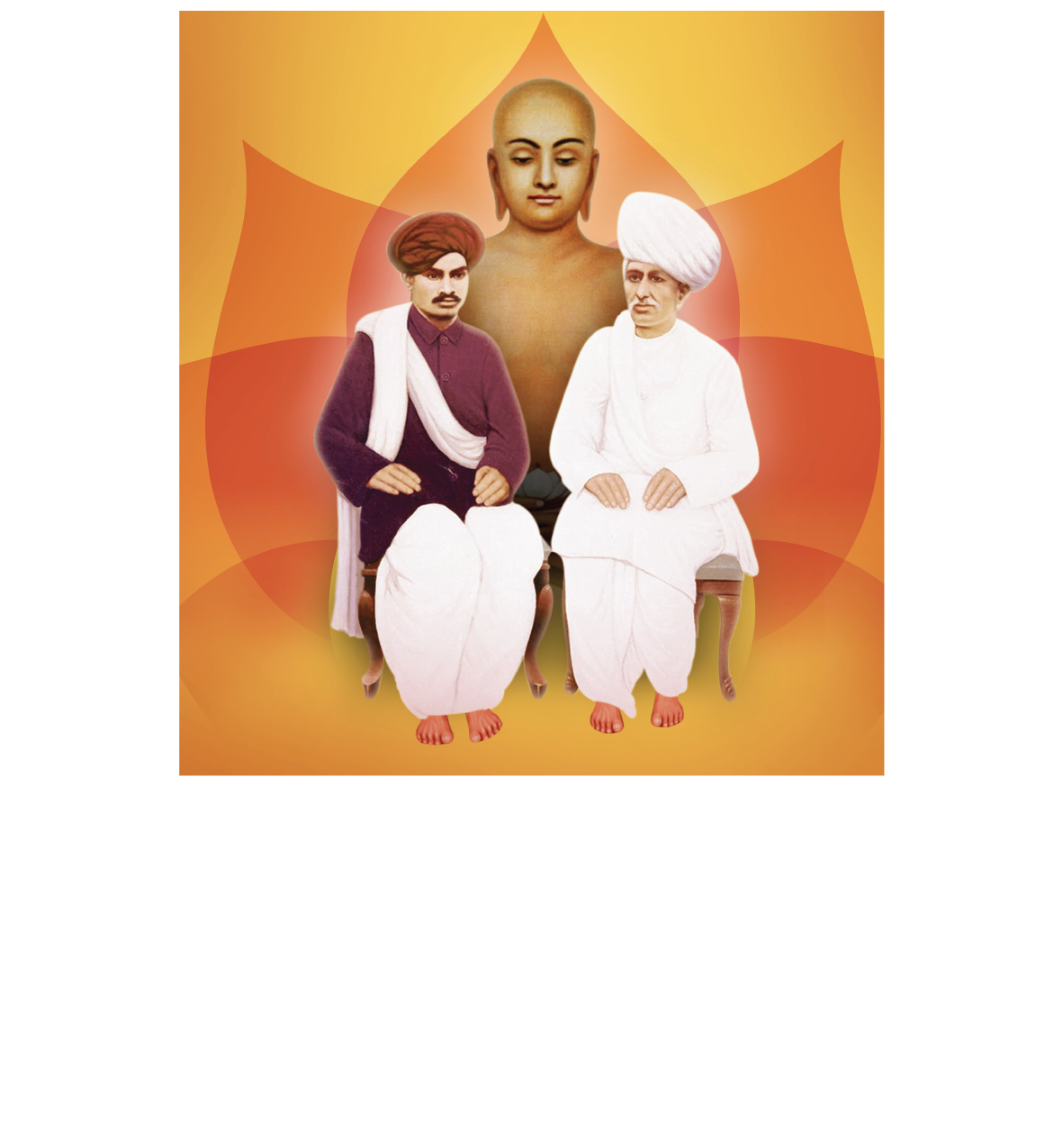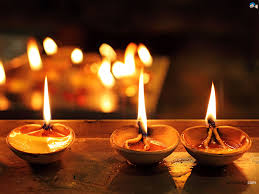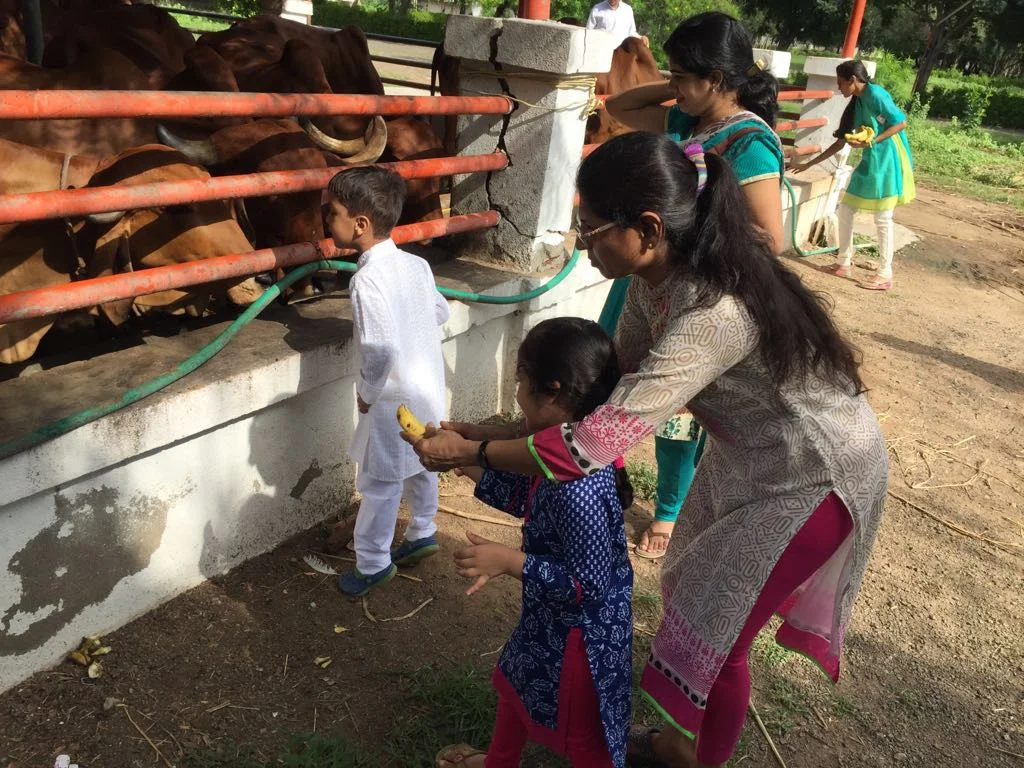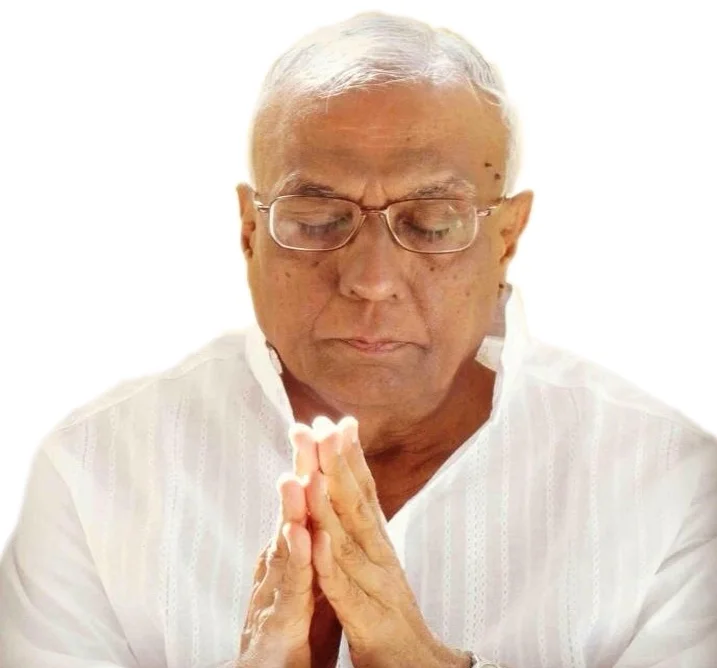By the grace of Param Pujya Bhaishree, the U.K. centre is blessed with many dedicated mumukshus who have been on the path for many decades. Their sincerity and devotion has meant that seekers in the UK benefitedfrom visits by Param Pujya Bapuji and now from Param Pujya Bhaishree. With great compassion, our gurus made a special journey to ensure that those who cannot visit Sayla are still provided the spiritual nourishment they need.
Many of these now elderly seekers together with mumukshus of varied age came together over two days on 8th and 9th October to share two wonderful days together of contemplation and medication. About 70 gathered at the grand Harrow District Masonic Centre. A great number of volunteers came to together to serve their fellow seekers and this ensured that the retreat ran smoothly.
The shibir was organised as a meditation retreat. Those graced with instruction in dhyan were able to meditate together three times each day in an atmosphere of calm, peaceful striving. On the first day Param Pujya Bhaishree graced us with an uplifting message. Sadhaks and mumukshus alike had the wonderful opportunity to watch video swadhyays of Param Pujya Bhaishree. The swadhyays were on letters from Shrimad Rajchandra Vachanamrut and were selected from later years.
While unable to have Param Pujya Bhaishree here with us in the UK, his messages in the swadhyays directly struck us and awakened us. Bhaishree, our compassionate True Guru, seeks nothing by the spiritual advancement of each and every one of us and his deliberate, methodical analysis and illumination of Shrimad Rajchandra's letters was full of practical relevance and spiritual insight.
In Shrimad's letters we have the rare opportunity to read the innermost thoughts and compassionate guidance of a highly elevated soul, both describing his own experiences and also directly addressing the need of the aspirant to whom the letter is addressed. Bhaishree, though immersed in the bliss and ecstasy of self-realisation, compassionately dedicates time through these swadhyays to make clear to us the importance of each message. He explains the background of the letter and its recipient(s) when necessary, outlines the problems diagnosed and the benefit of the thoughts, virtues and practiced prescribed. At times, there is much humour, the sort a compassionate father or elder brother might use to illustrate a common error; and yet the humour is used to uplift and illustrate the essence of the letter, without distracting from the purpose.
Letters 779-781 are the final letters written to Param Pujya Saubhagbhai of Sayla. Saubhagbhai holds a special place in our hearts, for without him, we would no truly have the opportunity to recognise Shrimad Rajchandra. Saubhagbhai is also instrumental in Shrimad's self-realisation through the esoteric meditative practice of Gurugam. For this, Shrimad holds Saubhagbhai in great esteem and felt a great duty and sense of indebtedness to him. Shrimad had resolved to ensure Saubhagbhai's own self-realisation.
In letter 779, Shrimad shares poetry from Banarsidas, under three headings: The State of Awakening to One's True Nature, The The State of Celebrating Experience, The State of Sthiti. Param Pujya Bhaishree explored in great depth how these would develop and be realised by a seeker and explained this in terms which each seeker might understand. The letter was written for contemplation by Saubhagbhai, and Shrimad emphasises to Saubhagbhai the importance of distinguishing himself, or disassociating himself from everything, urging him to abandon all other thoughts and associations, apart from dwelling on his own true nature.
In letter 780, Shrimad describes the opportunity which this human body affords us: to develop disassociation (Asangpanu) and freedom from deluded attachment (Nirmohapanu). Shrimad tenderly seeks forgiveness from Saubhagbhai for any infractions with great humility, for they would not be meeting again. This is a hear-breaking and touching sentiment to experience. Finally, Shrimad urges Saubhagbhai to no longer indulge in any form of attachment or aversion. Bhaishree depicted a scene where we might be at our own deathbed and be engaging in thoughts of attachment for our loved ones, and this was a wonderful illustration of how delusion can distract us from our true purpose.
In Letter 781, another poem describing tremendous, indeed remarkable, detachment is shared by Shrimad. Is it truly possible for one to be indifferent between gold and mud, for example? Again, in this letter, Shrimad emphasises the need for Saubhagbhai to manage any inclination towards anything in the world around him and to concentrate his inclinations on his true nature. Realising Saubhagbhai's great compassion that other souls attain the path to Moksha, Shrimad anticipates Saubhagbhai's inclinations towards his own sons and allays his concerns. Shrimad emphasises in his last few sentences to Saubhagbhai the power and importance of total detachment to all souls and focus on his own purely conscious atma, that this would lead to the highest states and to the end of suffering. Shortly after this letter was sent, Saubhagbhai passed away.
Letter 817, though short, as a very clearly outlined step by step process illustrated in it. It is difficult to encounter a mahatma who has realised his own soul, is free from all duality and conducts himself purely due to the fruition of karma. This is a the process: rare encounter; recognition of this soul's inner state; firmly seeking his shelter; effectiveness of guidance and imparted wisdom due to this firmness; effective impact of imparted wisdom leads to Samyak Darshan, rendering us worthy of becoming free from the suffering of birth, death and so on. Shrimad reassures us that while it is difficult to encounter true seekers, let alone such a mahatma, it is possible. Param Pujya Bhaishree gave numerous examples of how we experience and express duality and he walked us through each step in the process described in this letter.
Letter 819 emphasises the importance of not simply becoming disheartened and disappointed at our weakness in the face of passions and sense-objects. Shrimad emphasis the importance of cultivating valour. Bhaishree drew on the letter's suggestion to contemplate the lives of great souls. Bhaishree explained that many great souls have faced such challenges, and yet their lives illustrate how we can overcome them and progress spiritually. This is a very tender, reassuring and uplifting letter. In letter 820, Shrimad gives Shri Dungarbhai of Sayla permission to contemplate AtmaSiddhi and also Mokshamargprakash. At the same time, he plants certain seeds in the form of questions, such as asking Dungarbhai to consider, and then write to him, his thoughts on the virtues needed to be thought of Marganusari, familiar with the path: virtues for Samyak Darshan; virtues for Shrutkevalgnan; and the state for Keval Gnan, totally equanimous enlightenment and omniscience. This would inspire a powerful thought process.
Letter 833 is Shrimad's last letter to Dungarbhai of Sayla, whom Shrimad affectionately called Achal - unwavering. This letter recommends disassociation at four levels: substance, location, time and inclination. Bhaishree affectionately, at times humorously and at times with firmness, described the various ways in which we associate at these levels. Shrimad reminds Dungarbhai about the distinctness of a the soul from the body: as sword from its sheath. Just as the moon lights up the whole world, but does not take on the form of the world, so with the atma. Just as the world does not enter the sky, so a self-realised soul remains distinct. Explaining that fear of death arises due to folly and lack of awareness of our true nature, Shrimad empowers Dungarbhai's elevation with the nectar of his wisdom. "I am distinct in every way from all, I am purely pure consciousness, unfathomable bliss of the highest order, purely and singularly pure experience...."


























